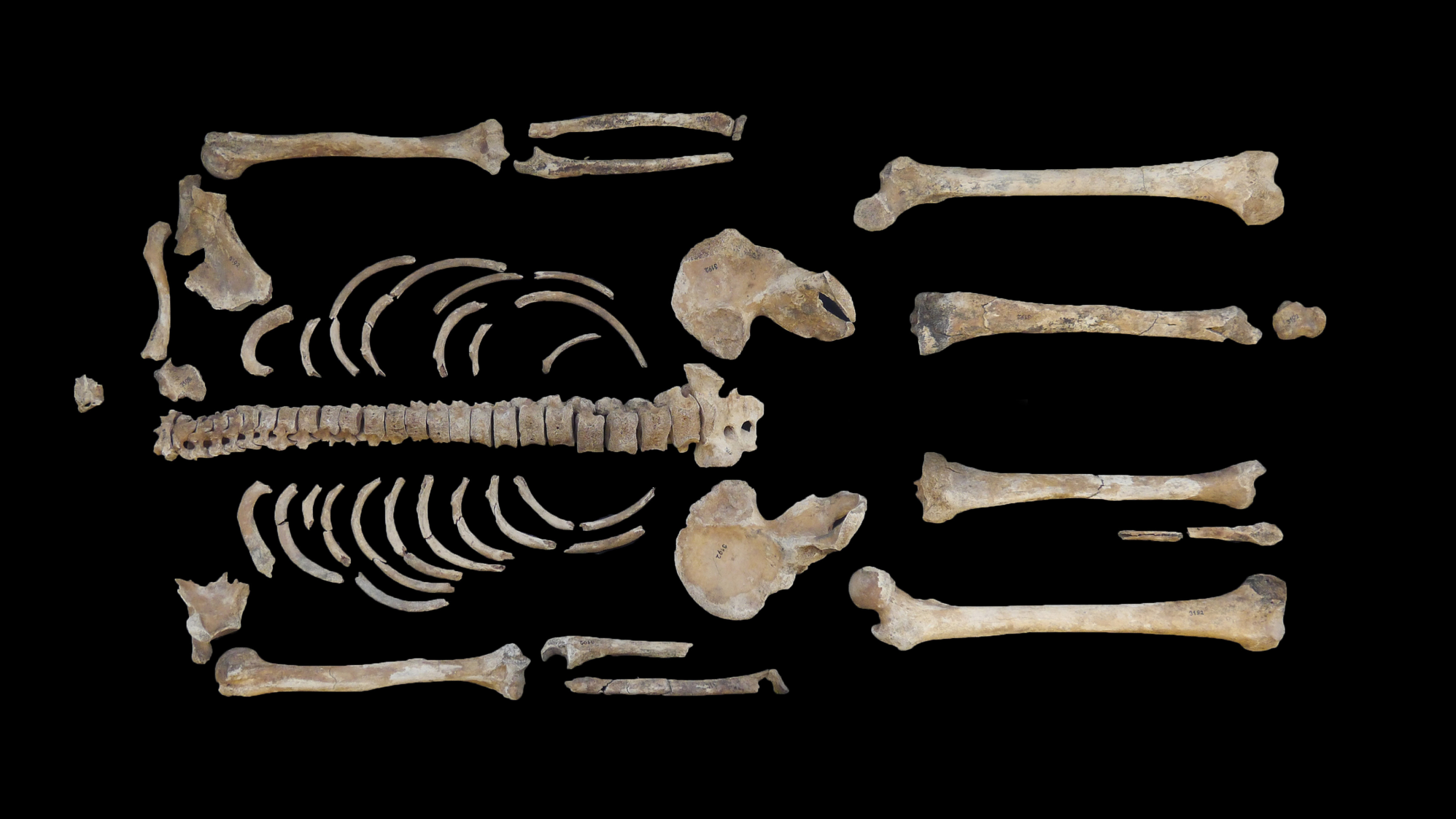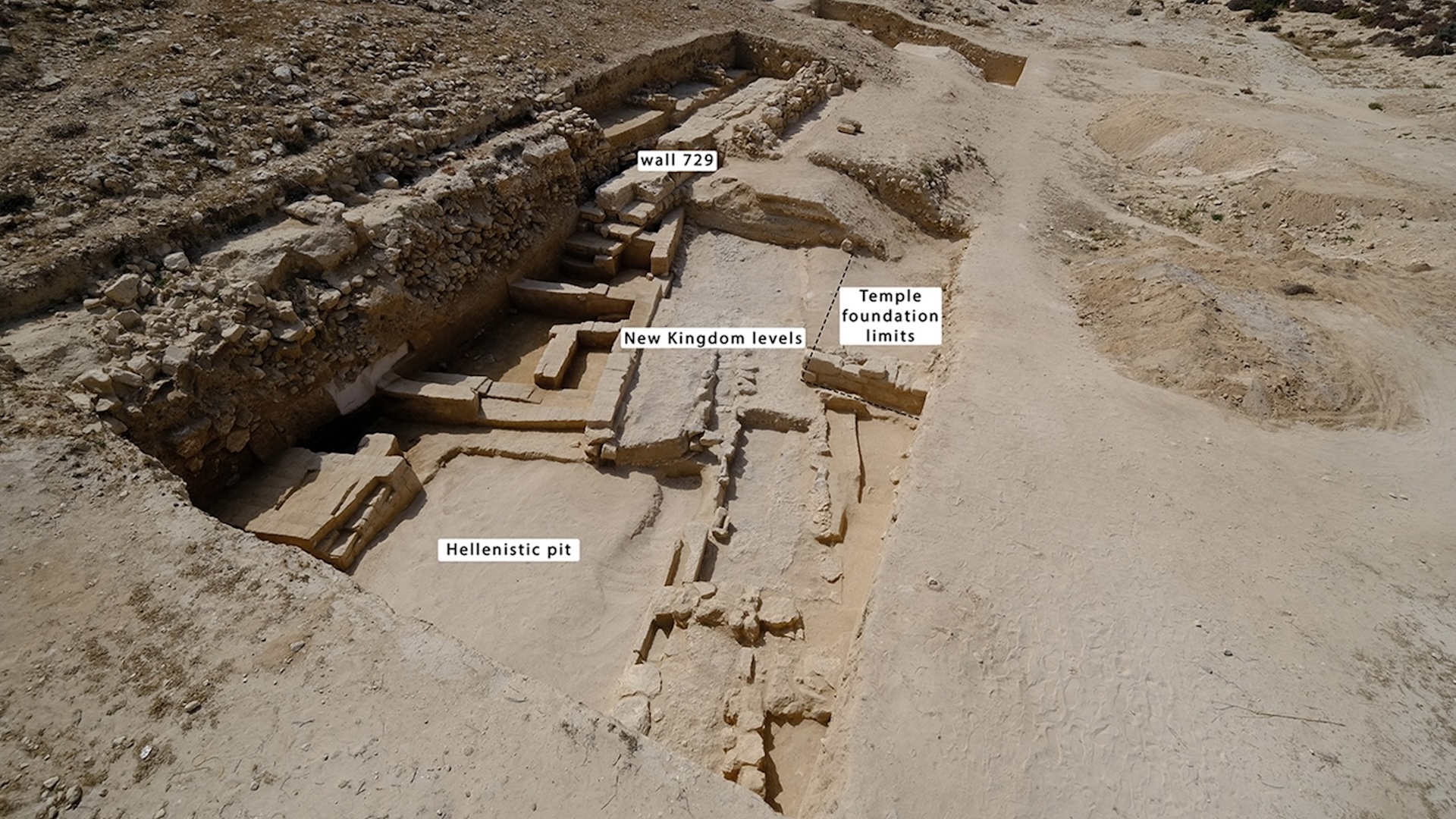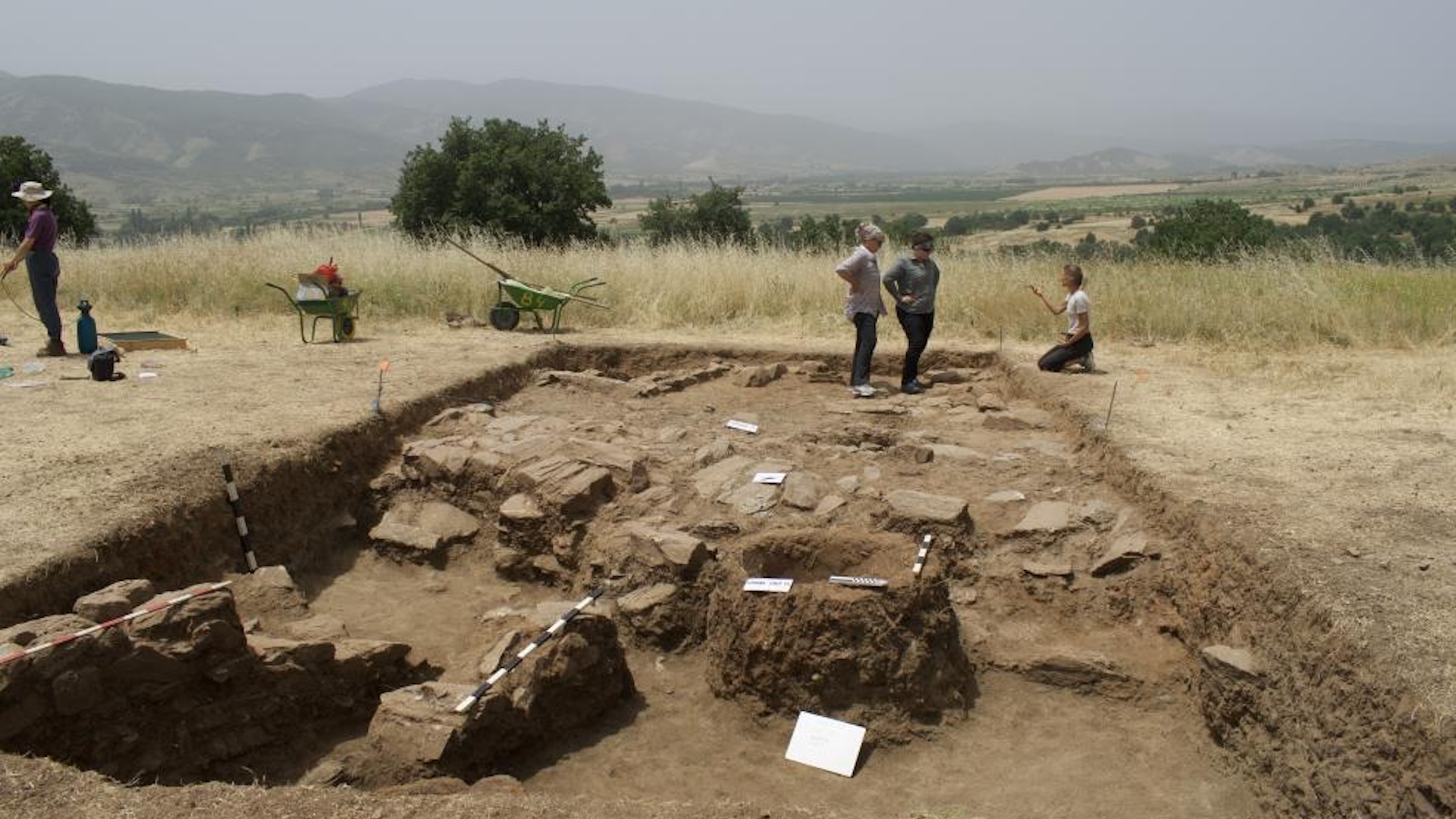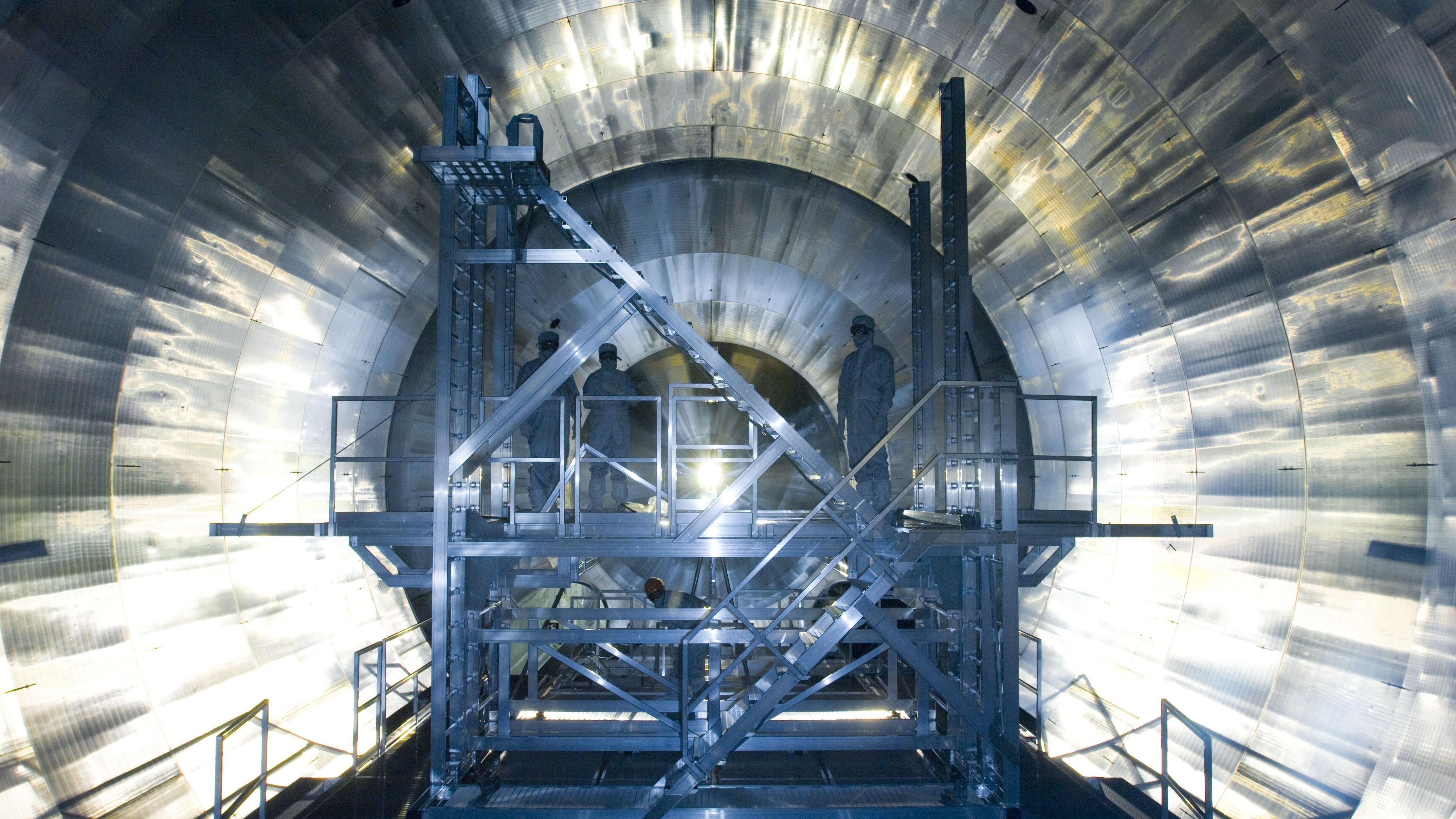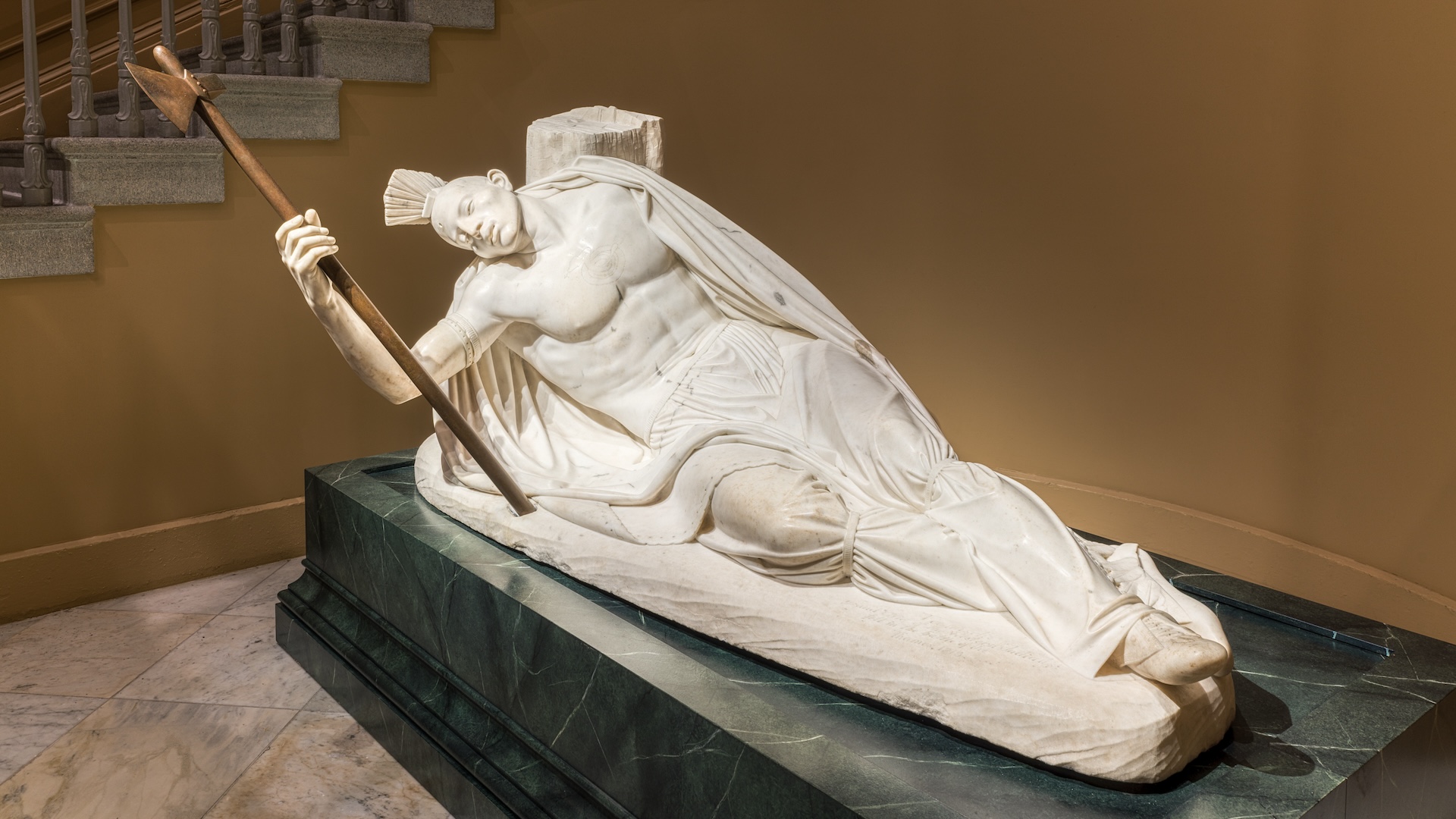1,300-year-old royal flush toilet used by crown prince discovered at palace in Korea
Excavations at a centuries-old royal palace in Korea have revealed multiple flush toilets, including one that the crown prince likely used.
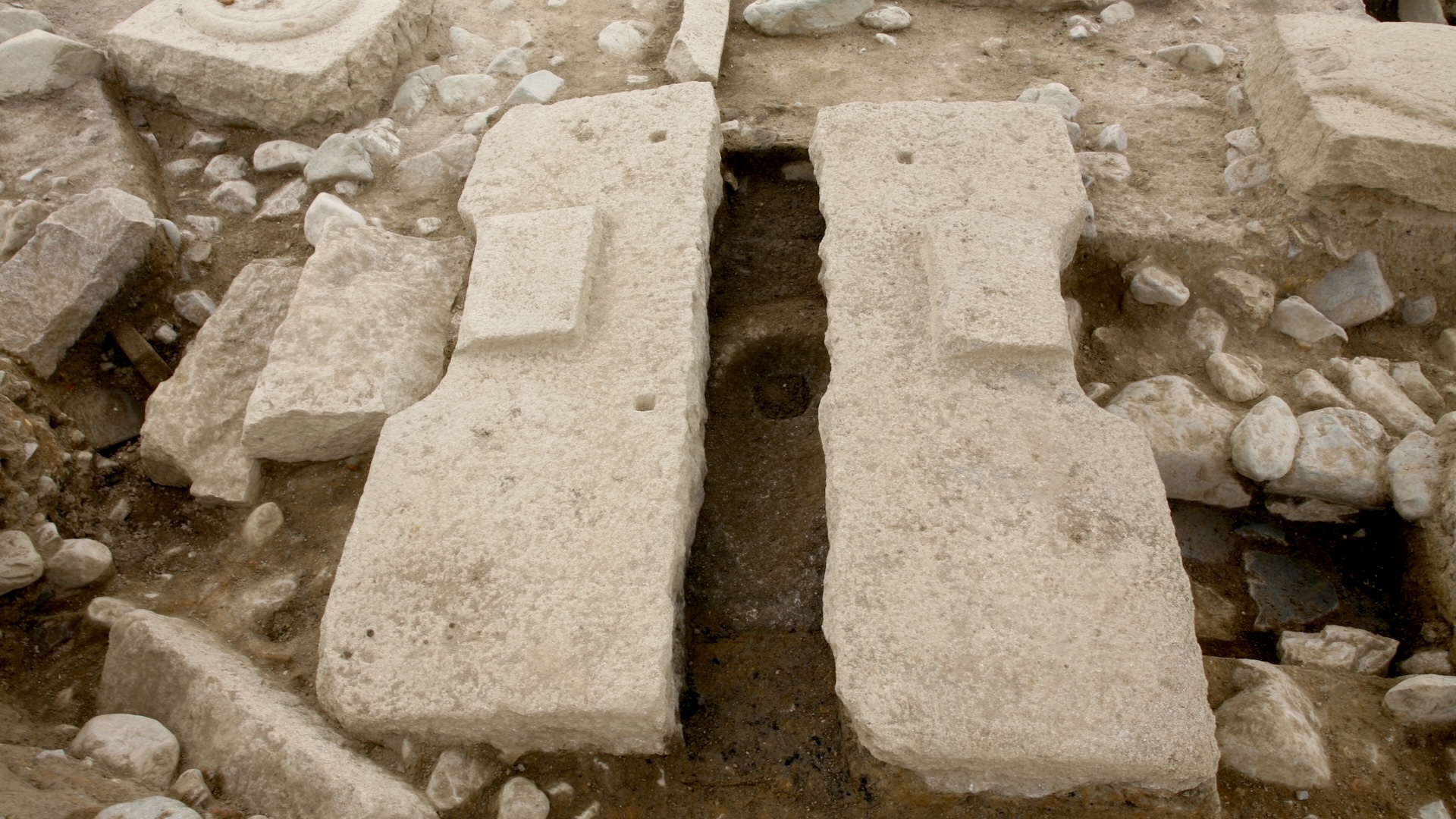
Archaeologists in Korea have uncovered the remains of multiple flushing toilets within a 1,300-year-old palace complex. But there was one "throne" to rule them all: The crown prince got a special toilet that drained directly into a nearby river.
The existence of the palace complex has long been known, but new excavations are revealing more about it, including the discovery of the flush toilets.
"These flush toilets are the first of their kind," at least in Korea, Kim Gyeong Yeol, an archaeologist with the Korean Heritage Service who led excavations at the site, told Live Science in an email. They wouldn't have worked like modern-day flushing toilets do; rather, someone, a servant perhaps, would have poured water into them to allow them to flush. The water would have then carried the waste through a drain that emptied out at the end.
Related: 2,400-year-old flush toilet unearthed in China could be one of the world's oldest
The throne
One of the toilets, found within the remains of the palace itself, "directly discharges human waste into the river through a drain," Kim said. Other flush toilets, found outside the palace in nearby structures, stored the human waste inside them, like how an outhouse works.
The toilet "that directly discharges it into the river seems to have a hierarchical meaning," Kim said. This particular toilet may have been used by the crown prince and the court ladies closest to him, Kim said.
The name "Donggung" palace means "crown prince," Kim said. It was built in A.D. 674 along with a pond called "Woji Pond," according to the Korean Heritage Service. It was built at the start of what historians call the "unified Silla" period, from roughly A.D. 668 to 935, when the Kingdom of Silla ruled much of the Korean Peninsula.
Sign up for the Live Science daily newsletter now
Get the world’s most fascinating discoveries delivered straight to your inbox.
Previous excavations have uncovered the remains of at least 26 buildings at the site, as well as numerous artifacts including bowls, plates and flower-patterned bricks, the heritage service noted.
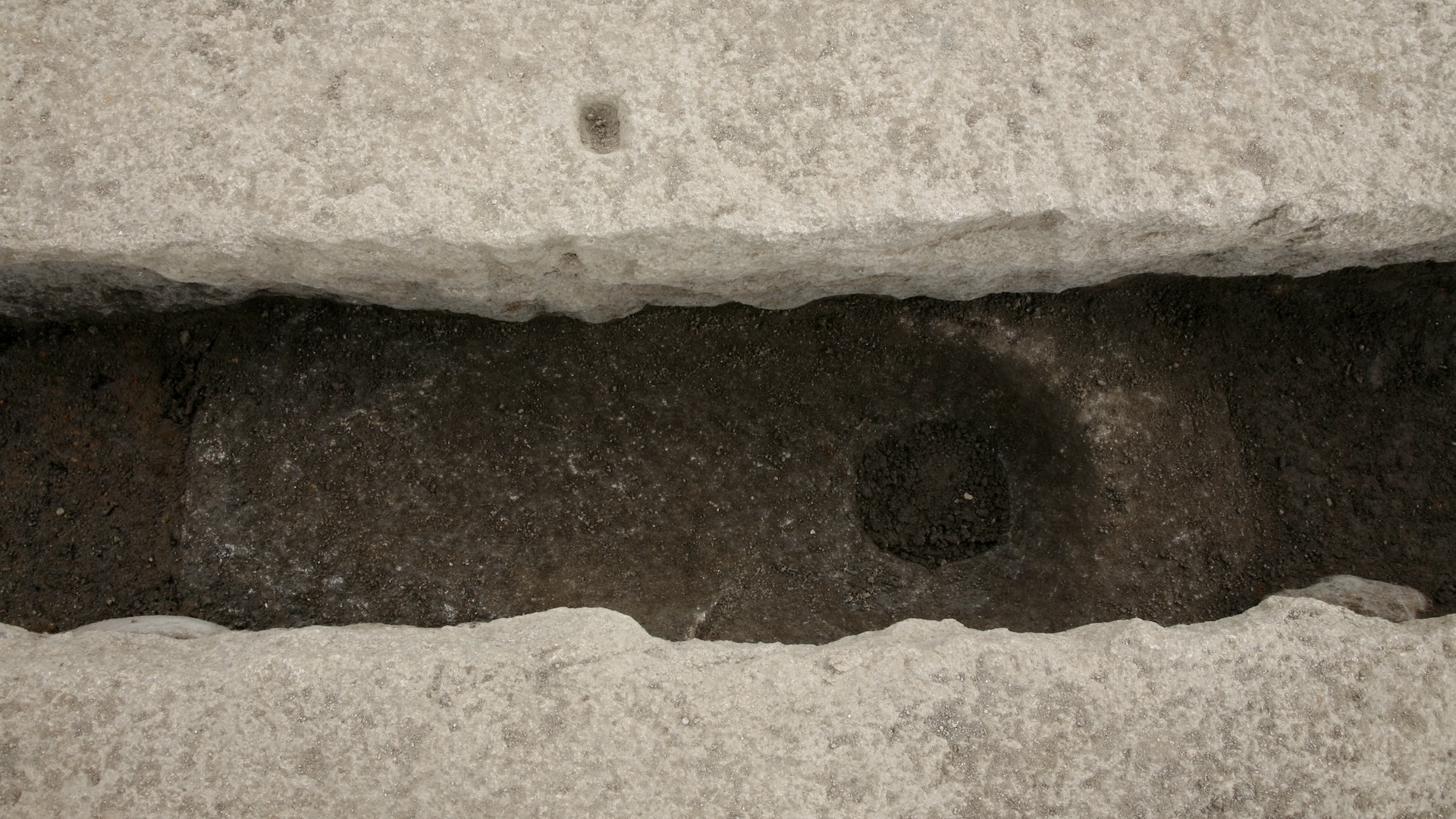
The crown prince's toilet drained into a river.
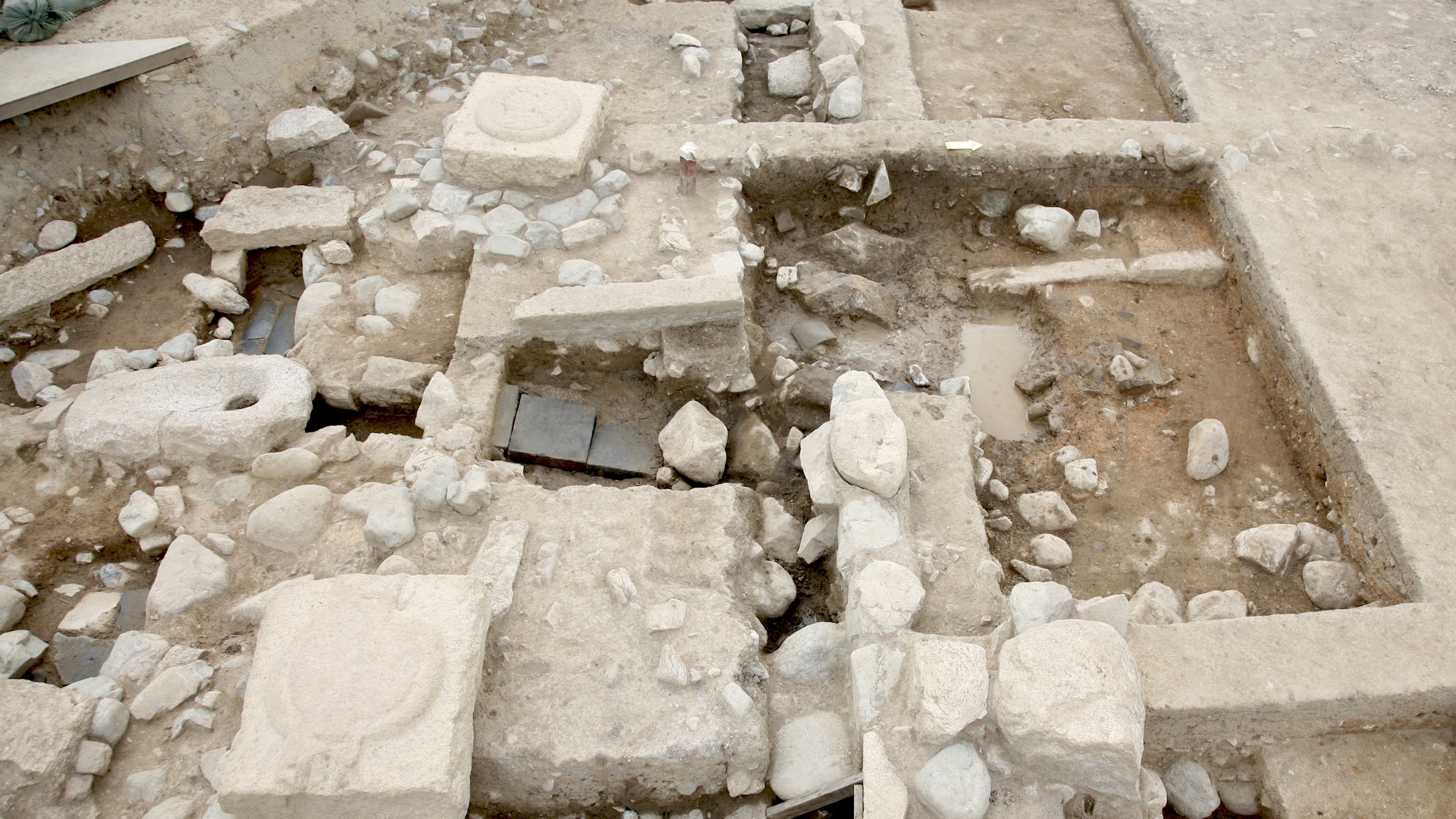
This photo shows part of the 1,300-year-old Donggung Palace in Korea.
Who flushed first?
While a first for Korea, these flush toilets are not the first ones invented. The Indus Valley Civilization, based in what is now Pakistan, had cities with flush toilets, a team of researchers wrote in a 2016 paper. This civilization flourished between 2600 and 1900 B.C., around the time when pyramids were being built in Egypt. The flush toilets in the Indus Valley put the waste into a series of drains that emptied out in a sewage system, the paper reported.
The English, who are sometimes credited with inventing the first modern flush toilets, didn't develop flush toilets until much later. Sir John Harrington invented a device in 1596 for Queen Elizabeth I "that released wastes into cesspools, an early version of the modern-day toilets," the team noted in the study. However, it lacked an S-bend, meaning that smells could have wafted back into the room, and took 7.5 gallons (28 liters) of water to flush.

Owen Jarus is a regular contributor to Live Science who writes about archaeology and humans' past. He has also written for The Independent (UK), The Canadian Press (CP) and The Associated Press (AP), among others. Owen has a bachelor of arts degree from the University of Toronto and a journalism degree from Ryerson University.
You must confirm your public display name before commenting
Please logout and then login again, you will then be prompted to enter your display name.

